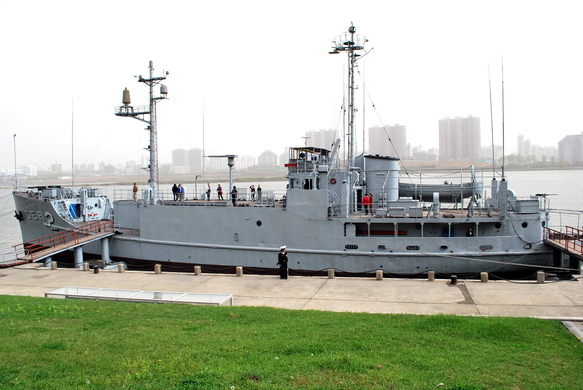This is the second part of a three-part series describing U.S. naval accidents and notable losses after World War II. They illustrate the importance of proper supervision and the role that bad luck and bad actors play.
USS Chehalis (AOG-48)
The Chehalis was a fuel tanker commissioned late in World War II. This ship survived three different typhoons in the South Pacific during its supply missions around Okinawa. After being overhauled in Washington at the end of the war, the Chehalis continued to successfully transport aviation gasoline, airplane lubricating oil, and diesel oil in the South Pacific.
On October 7, 1949 the ship was docked at American Samoa. One of its gasoline tanks exploded, causing six deaths. There is no explanation for the explosion, though reports indicate it was shipping ammunition in addition to fuel.
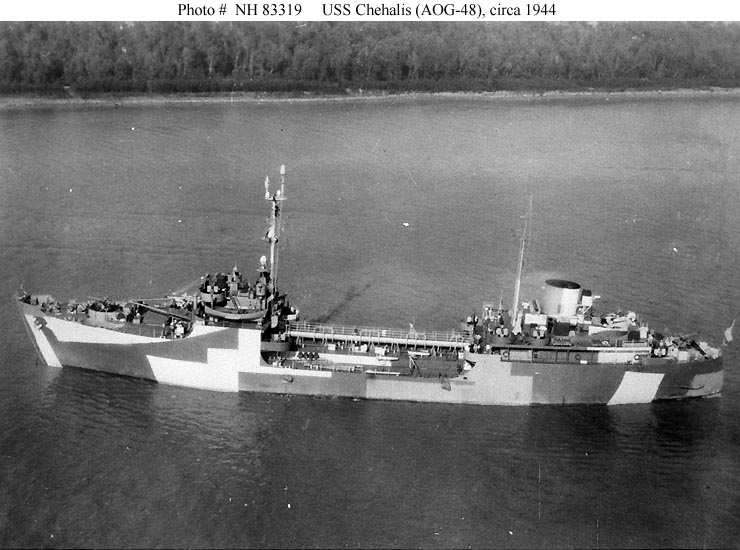
USS Pueblo (AGER-2)
Commissioned at the end of World War II, the Pueblo had a fairly standard career as a freight and supply ship. The ship later was reclassified as an environmental research and intelligence ship–which is called a spy ship in naval circles–and was captured by North Korea in 1968.
The North Koreans claim the ship was operating in territorial waters and produced a log of the Pueblo’s movements to prove it. The Americans claim that any evidence was altered.
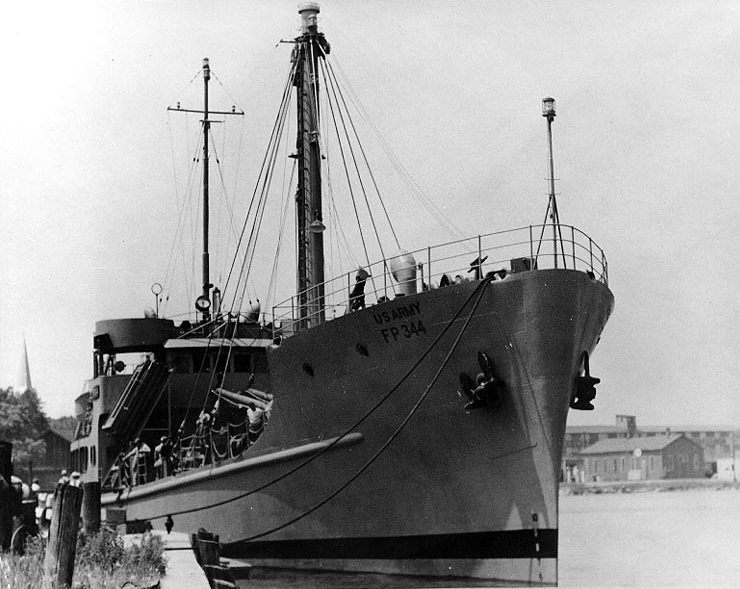
The North Korean attackers killed one person and captured the remaining 82 crew members, who were held and tortured for months. The attack happened a week after President Lyndon Johnson gave the State of the Union address and a week before the Tet Offensive threw the war in Vietnam in disarray. It significantly increased the tensions between America and the Chinese and Russian Communist bloc.
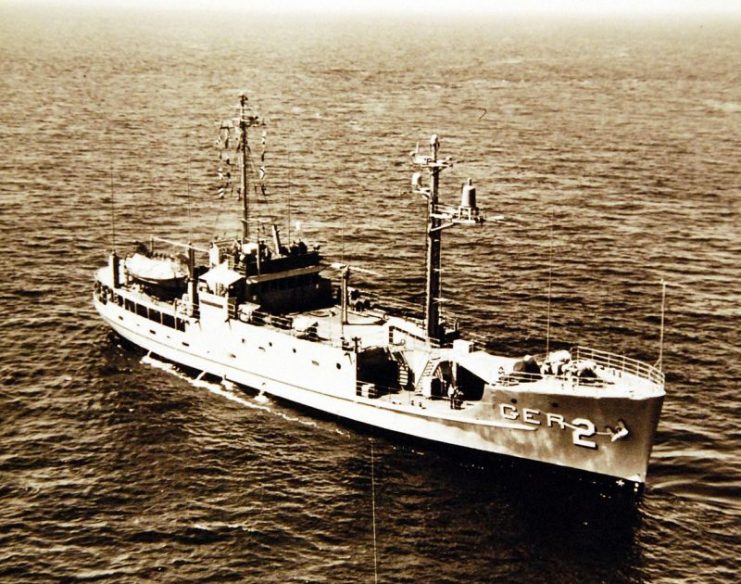
The crew was forced to pose for propaganda photos in which they surreptitiously extended their middle fingers in protest, telling their captors it was a Hawaiian hand gesture for good luck. They were released after 11 months.
The ship is still commissioned by the U.S. Navy, but held and displayed as a museum by the communists in Pyongyang. This earns the ship the dubious distinction of being the only commissioned ship held captive by a foreign power.
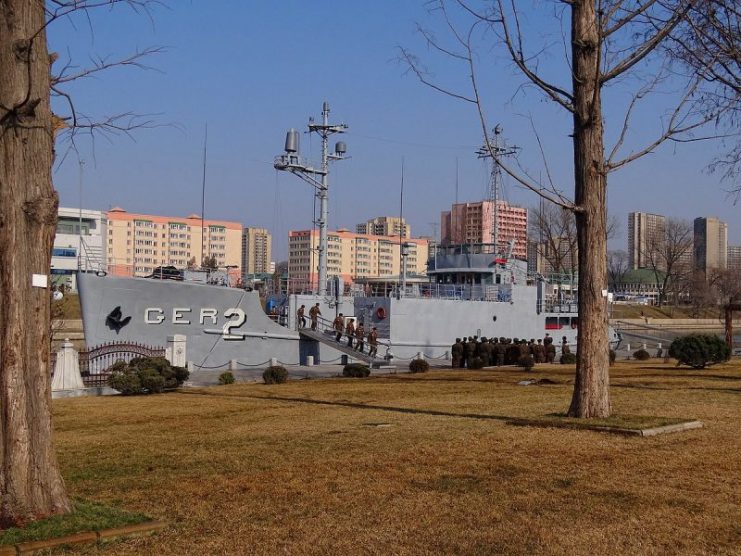
USS Frank E Evans (DD-754)
A destroyer commissioned in late World War II and named after a Marine Corps general from World War I, this ship had an impressive career until its fatal accident in 1969.
In the Korean War, it engaged enemy batteries around Wusan 11 times and took 30 hits from shrapnel, but was successful in silencing every battery, earning it the nickname “Lucky Evans.” The Evans then gained fame by riding to the rescue of USNS Muskingum (AK-198) during a typhoon.
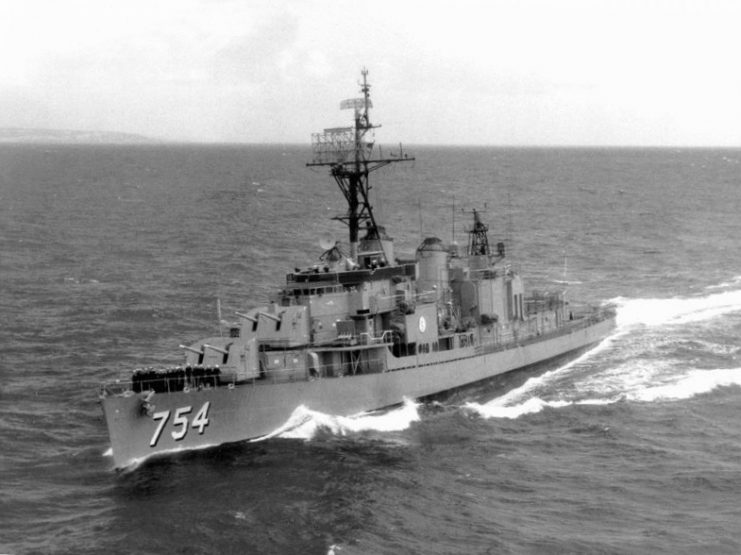
In June 1969 the ship was participating in a joint naval exercise with the British, Australian, and New Zealand navies. During an anti-submarine training evolution at night, Evans was ordered to change position.
The two lieutenants standing watch on the bridge of the Evans misunderstood their position in the formation. As a result, they turned directly across the bow of the Australian aircraft carrier HMAS Melbourne. The collision split their own ship in half and killed 74 sailors.
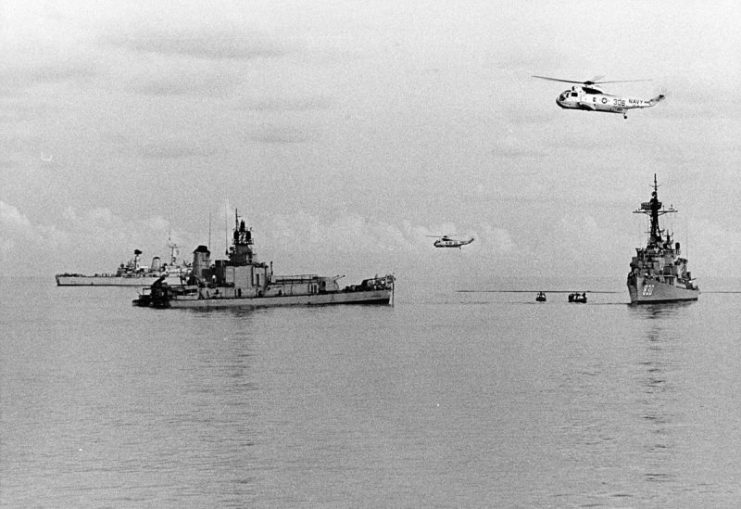
The ensuing investigation is said to have been biased against the Australians. It laid primary blame on the Evans but also put partial blame on the Melbourne for not taking evasive action sooner.
Four officers, three from the Evans and the captain of the Melbourne, were court martialed. Though the captain of the Melbourne was acquitted, there is still significant controversy over the findings regarding the Melbourne.
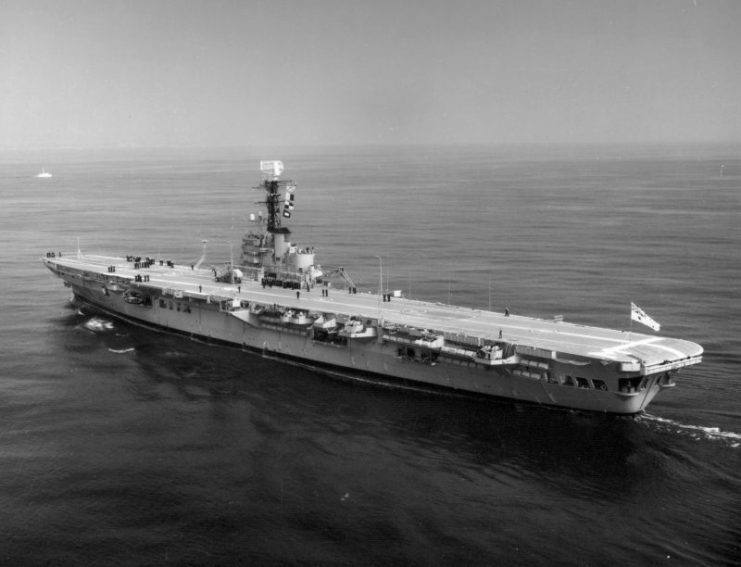
USS Hobson (DD-464)
The Hobson was the only ship named after the Medal of Honor recipient and eventual rear Admiral, Richmond Hobson. The ship was laid down and commissioned early in World War II. During the war the Hobson was the flagship of a destroyer fleet, hunted subs, supported Allied invasions of North Africa and Normandy, and fought off kamikaze attacks in the Pacific.
On April 26, 1952 the Hobson and the aircraft carrier Wasp (CV-18) were conducting amphibious invasion practice with night flying when the Hobson turned in front of the carrier.
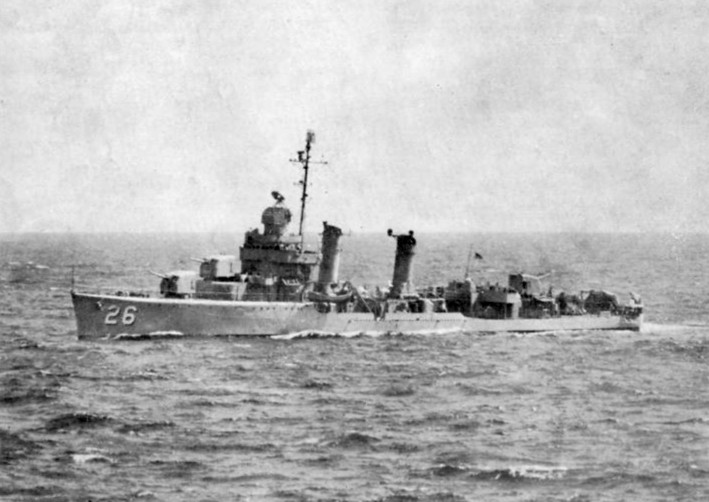
The commanding officer (CO) of the Hobson was somewhat new, and overrode the concerns of a subordinate officer. The CO wanted to move the ship from the right of the carrier, pull ahead, and go around the turning carrier over to its left side. A safer maneuver would have been to slow down, let the carrier turn, and then move.
Read another story from us: WWII Naval Disaster – 10,000 Lost Souls on the Wilhelm Gustloff
The turn maneuver was not done with enough speed and the ship was struck by the carrier. 176 of the crew were lost from the Hobson, the worst peace time loss for the Navy since World War I.
The court of inquiry determined the commander of the Hobson was solely at fault. Since he died in the collision, there was no explanation for his behavior and no court martial. This was a tragic end for a destroyer with an incredible record of service.
